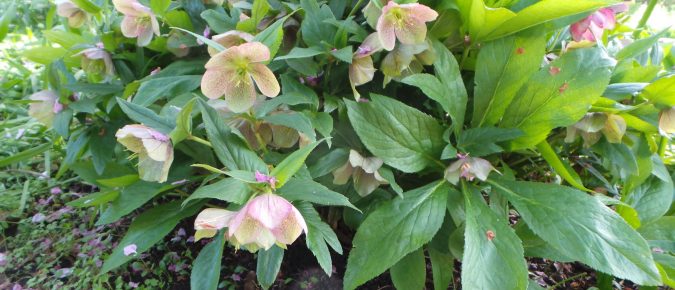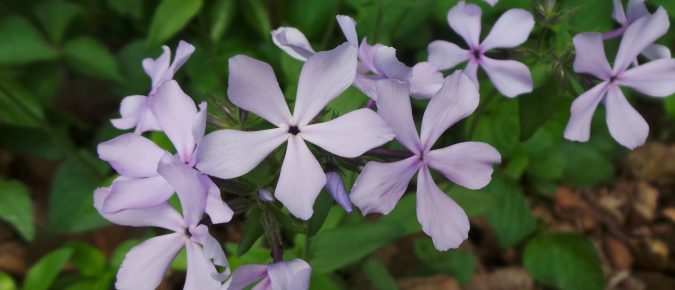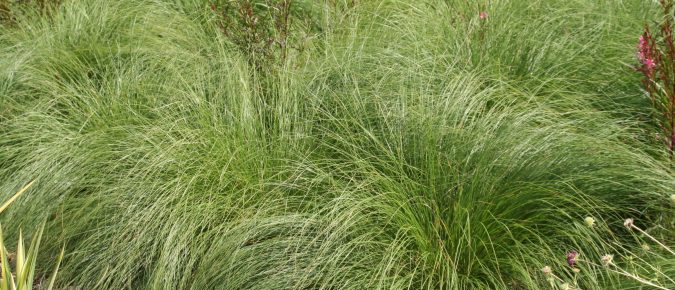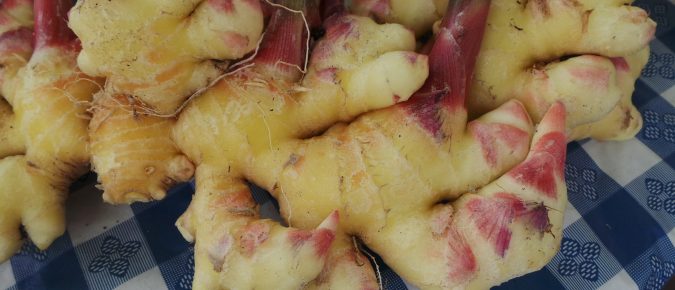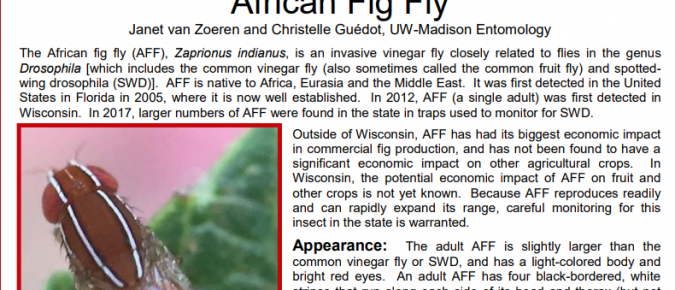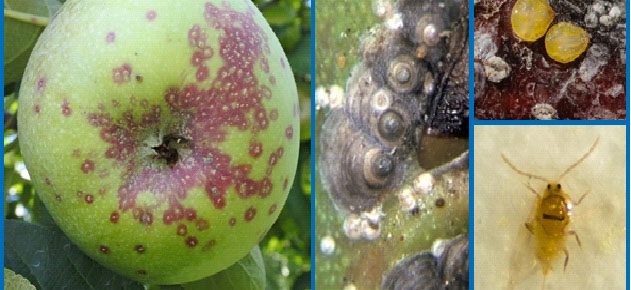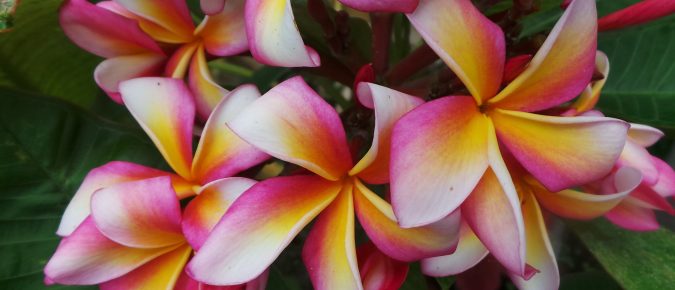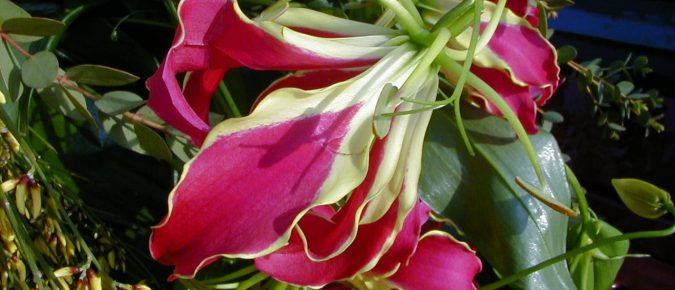Articles

Gardening Articles
Research-based horticulture information to help keep your plants and gardens thriving.
Lenten Rose, Helleborus × hybridus
Lenten Rose is pushing up its flower spikes and deeply divided, leathery, umbrella-like leaves in early spring with tulips and daffodils. The long-lasting sepals in an open, bell shape offer ornamental interest long after the seeds have developed. Learn more about this herbaceous perennial in this article.
Woodland Phlox, Phlox divaricata
For soft blue flowers in partly shady spots in spring, nothing beats woodland phlox. This North American native thrives in dappled shade and moist, well-drained soils. With an open, relaxed habit it fits well in informal shady beds, rock gardens and wild or naturalized areas. Learn more about this pretty late spring to early summer bloomer in this article…
Prairie dropseed, Sporobolus heterolepis
One of the showiest prairie grasses, prairie dropseed (Sporobolus heterolepis) is frequently cultivated as an ornamental for its attractive fountain of fine textured, emerald-green leaves, delicate flower and seed heads, and colorful fall color. Learn more about this native ornamental grass that is a great addition to many landscapes in this article.
Ginger, Zingiber officinale
Many species of tropical gingers are grown for their flashy blooms, but the plants of culinary ginger aren’t particularly ornamental. Instead, culinary ginger is grown for the aromatic rhizomes which are the source of the hot, pungent flavor enjoyed in ginger ale, gingerbread and many Asian foods. Learn more about this tropical plant which is surprisingly easy to grow in containers…
Blueberry Maggot
Blueberry maggot feeds inside blueberry fruit causing it to become soft as it develops. This factsheet describes symptoms, the insect’s lifecycle, monitoring strategies and management methods.
African Fig Fly – Pest Alert
African fig fly is an invasive vinegar fly related to spotted wing drosophila. It’s being carefully monitored in Wisconsin due to unknown potential impact. Learn more here.
San José Scale
This factsheet describes the symptoms, life cycle, monitoring methods and control of San José scale (Diaspidiotus perniciosus), which is a concern in poorly managed orchards.
Plumeria
Plumeria are small tropical trees with fragrant flowers, commonly used to make wonderfully scented leis in Hawaii. Several types are easily grown in containers in colder climates to enjoy a touch of the tropics in summer. Learn more about this group of plants native to tropical America in this article…
String of Pearls, Senecio rowleyanus
String of pearls is an interesting succulent grown for its unusual, bead-like leaves. Small, fragrant brush-like white flowers are produced in summer. Learn more about this vigorous growing, low maintenance, tender evergreen perennial grown as a novelty houseplant …
Gloriosa lily, Gloriosa superba
The exotic flowers of gloriosa lily, with their amazing color and an unusual shape, make a flamboyant statement in the garden or in a container on a patio. This twining perennial vine with tendrils coming from the tips of the leaves grows from a tuberous rhizome to produce the striking flowers in summer and fall. Learn more about this climber native to Africa and Asia in this article…
Heliconias
For most Midwesterners, if they recognize a heliconia at all, it’s as a brightly colored, long-lasting component of a bouquet of tropical flowers. The genus Heliconia is a large group of plants native to tropical areas of the Americas with banana-like leaves and conspicuous inflorescences. Learn more about these showy, interesting plants in this article…
European Larch, Larix decidua
Not all conifers are evergreen, and larch is one example of a conifer that loses its needles every year. Learn more about Larix decidua in this article…

